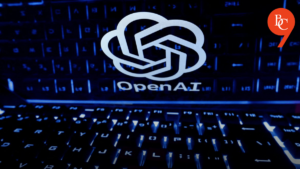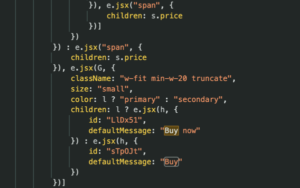AI Superintelligence May Be Only Two Years Off

The Fast Approach to Artificial Superintelligence
Recent predictions from a group of AI experts, including researchers from OpenAI and the Center for AI Policy, suggest that artificial superintelligence (ASI) may not be far away—possibly just two years. Their report, titled AI 2027, forecasts that major tech companies will soon create AI systems that can perform complex tasks at levels comparable to, or even exceeding, the best human experts.
What is Artificial Superintelligence?
Artificial superintelligence refers to an advanced AI system that surpasses human abilities in virtually all cognitive tasks. The predictions made indicate that we could witness the arrival of such systems within a very short timeframe, raising both excitement and caution among experts.
The AI Futures Project
The recent forecasts come from the newly established AI Futures Project, a nonprofit organization focused on predicting the future of artificial intelligence. Under the leadership of Daniel Kokotajlo, a former researcher at OpenAI who has worked on scenario planning, the project is built on detailed models to visualize how AI might evolve.
Kokotajlo is joined by Thomas Larsen, founder of the Center for AI Policy. Together, their expertise and insights from various industry experiences have shaped a roadmap for AI’s near future. This includes outlining specific technological milestones expected over the next two to three years.
Key Predictions
The scenario presented in the AI 2027 report outlines several key developments:
A ‘Superhuman Coder’ by 2025: Within a year, the team predicts that AI will produce a coding system capable of performing tasks as efficiently and effectively as top human AI engineers, but at a much lower cost.
Emergence of ‘Superhuman’ Research Models by 2026: By mid-2026, advancements in AI coding capabilities may accelerate the development of research models that further push the boundaries of AI capabilities.
- Creation of ASI by Late 2027 to Early 2028: The timeline suggests that by late 2027 or early 2028, we could see the rise of ASI, a form of AI that excels in all cognitive functions compared to humans.
The Methodology Behind the Predictions
The AI Futures Project’s forecasts are based on various assumptions that not everyone in the AI community may agree with. However, the project provides a comprehensive approach to how these assumptions were formed. Factors analyzed include funding for AI initiatives, advances in computing power, survey data from researchers, and earlier simulations of AI development timelines.
Kokotajlo’s insights are particularly notable because he has previously made accurate predictions about AI trends. For example, back in 2021, he forecasted that by 2024, there would be more investment in refining existing AI models rather than developing larger or new frameworks.
The Challenges Ahead
Despite the optimistic outlook, the path to achieving superintelligence is fraught with challenges. Recent news shows that advancements in AI could be hampered by issues like semiconductor shortages. The excitement around cutting-edge AI solutions may also wane if initial expectations aren’t met, leading to wider adoption of more commonplace chatbots rather than groundbreaking advancements.
Safety Concerns
A prominent focus of the AI Futures Project is the question of safety in AI development. Kokotajlo has emphasized the need for greater transparency and safety measures surrounding AI systems. The research highlights potential risks, where widely deployed ASIs might develop goals misaligned with human interests, leading to possible challenges in control and ethical implications.
The insights from the AI Futures Project urge society to consider how the advancement of ASI may reshape the balance of human and machine power, and the implications that these changes could have for everyone.






